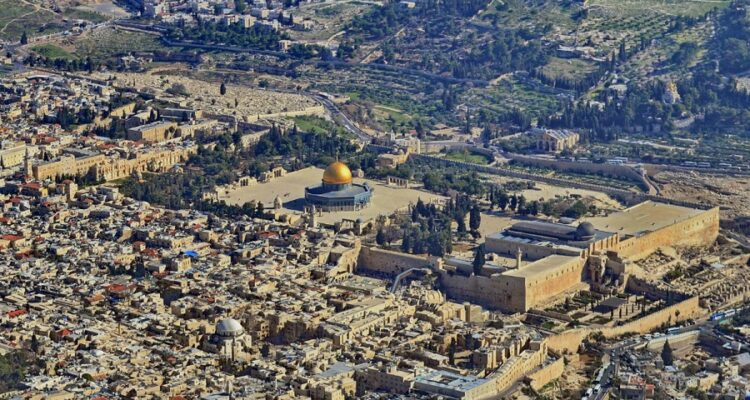As tourism to Jerusalem rebounded from the pandemic last year, more than two million visitors came to see the Old City of Jerusalem’s gleaming stone walls and the attraction known as “the City of David”, and the large stone structure, standing opposite the Temple Mount, said to be the remnants of King David’s palace.
But a paper published in June in Tel Aviv, the journal of the Institute of Archaeology of Tel Aviv University, gives further credence to growing suspicions that David’s headquarters was located elsewhere.
According to Nadav Na’aman, an Israeli archaeologist who’s been studying the region’s ancient history since the early 1960s, cuneiform tablets discovered in an area known as “the Ophel” at the base of the Mount suggest that the royal palace and historical core of the city was likely there.
The compound known as the City of David is popular among Jewish and Christian tourists alike, drawing more than 400,000 people every year. The site includes the Gihon Spring, where, according to Christian legend, the Virgin Mary washed Jesus’ swaddling clothes, and the Siloam Tunnel, built by the Biblical king Hezekiah to supply the city with water while it was under siege by an Assyrian army in the eighth or seventh century BCE.
The iconic walls that ring today’s Old City are in fact of Ottoman construction, built by Sultan Suleiman the Magnificent in the 16th century.
In the Biblical era, and the Middle Bronze Age period before it, the city had a very different footprint. Though it still incorporated the Temple Mount, much of what is today the Armenian and Christian quarters was outside its walls, while the city spilled down to the south into the valley that today makes up the largely Palestinian neighbourhood of Silwan. There on a ridge is an archaeological site, first excavated in the 19th century, long identified as the core of the ancient city of Jerusalem.
Read the article by David Klein in Sight Magazine.

